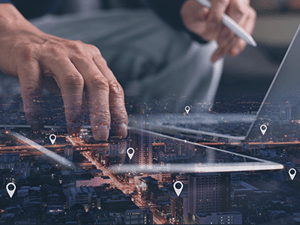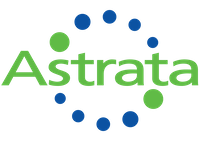 As the logistics industry has matured, new fleet management systems appear almost weekly. This is great for the industry, but are you taking advantage of the latest innovations? Systems can be as different as a Fiat 500 and a Tesla, the basics are the same, but the technology is miles apart. To make things easier for you we have summarised the most important fleet management tools that are commonly found in basic and advanced telematics.
As the logistics industry has matured, new fleet management systems appear almost weekly. This is great for the industry, but are you taking advantage of the latest innovations? Systems can be as different as a Fiat 500 and a Tesla, the basics are the same, but the technology is miles apart. To make things easier for you we have summarised the most important fleet management tools that are commonly found in basic and advanced telematics.
Basic fleet management tools that gather real-time data
Basic telematics systems already offer numerous features that help you to manage your fleet. This telematics system consists of a black box that receives technical data from the driver, vehicle, and environment. It sends that data to a portal or website solution to make it available for the back office and enables basic features like vehicle speed, track and trace, and route planning. In some cases, a basic telematics system also offers fleet management tools to gain insight into:
- Fuel consumption data
- Gain insight into the amount of fuel consumed
- Real-time odometer readings
- Calculate the total cost for each trip based on mileage
- Geo-fencing
- Receive notifications when your truck leaves or enters a specific zone
- Trip history data
- Enables you to optimise your route the next time
Basic telematics features are well-known and widely used. Advanced telematics is a different story - we encounter many professionals that are not up to date on the latest system capabilities.
Improved communication and monitoring with advanced telematics
Advanced telematics is a combination of the ‘basic’ black box and a communication system for the driver. This communication system can be a smartphone or tablet that is connected to the black box. This combination opens up a world of possibilities to improve your fleet’s efficiency and profitability. The most advanced telematics systems can help you to:
- Gain insight into fuel level
- Obtain insight into the amount of fuel you have left, even if you have multiple tanks
- Monitor tyre pressure
- Check the pressure regularly
- Communicate directly with dispatch
- Save time by communicating through your telematics system
- Scan documents in-cab
- Improve your cash flow by invoicing customer immediately
- Guided navigation
- You define the best route from the back office
- ‘Corridoring’ enables you to check if your driver is actually following the route
- Monitor and coach your driver’s behaviour
- See how your driver behaves on the road and coach him in real-time
- Get out of hours service alerts
- Ensures that you are compliant with European driving hours laws
- See vehicle faults in real-time
- Canbus contains information for diagnostics
- Advanced telematics immediately communicates these faults to the office
- Leverage the rich In-cab App Store:
- Drivers can take advantage of an Android tablet with a range of useful apps
- Temperature-controlled transport
- Sensors can measure the temperature of transported goods in real-time
- RTDS - Remote tacho download service
- Download and upload data from the driver card and tachograph remotely


.jpg?width=1520&name=banner3%20(1).jpg)



